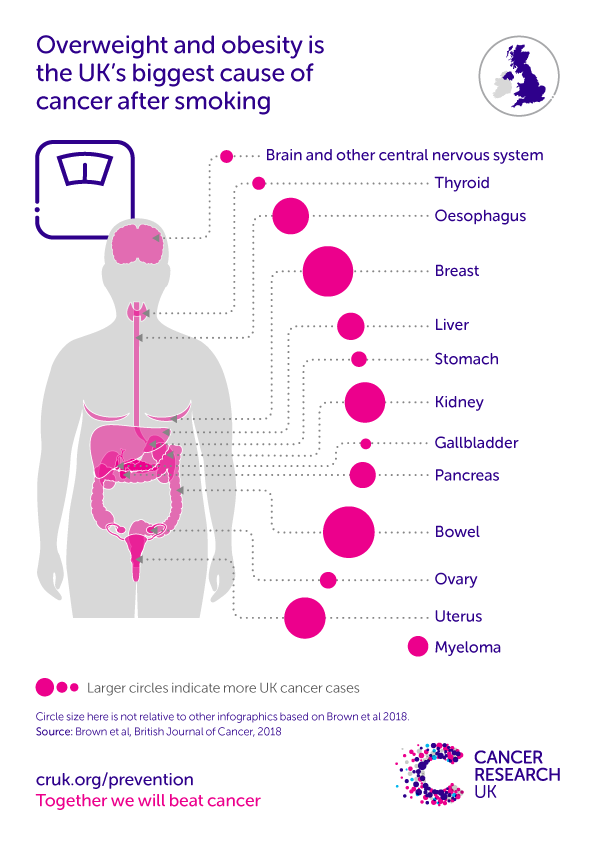The estimated lifetime risk of being diagnosed with thyroid cancer is 1 in 200 (less than 1%) for females, and 1 in 340 (less than 1%) for males born in 1961 in the UK. [1]
These figures take account of the possibility that someone can have more than one diagnosis of thyroid cancer in their lifetime ('Adjusted for Multiple Primaries' (AMP) method).[2]
See also
Lifetime risk for all cancers combined and cancers compared
Thyroid cancer incidence statistics
Want to generate bespoke preventable cancers stats statements? Download our interactive statement generator.
References
- Lifetime risk estimates calculated by the Cancer Intelligence Team at Cancer Research UK 2023.
- Sasieni PD, Shelton J, Ormiston-Smith N, et al. What is the lifetime risk of developing cancer?: The effect of adjusting for multiple primaries Br J Cancer, 2011.105(3): p.460-5
About this data
Data is for UK, past and projected cancer incidence and mortality and all-cause mortality rates for those born in 1961, ICD-10 C00-C14, C30-C32.
Calculated by the Cancer Intelligence Team at Cancer Research UK, 2023 (as yet unpublished). Lifetime risk of being diagnosed with cancer for people in the UK born in 1961. Based on method from Ahmad et al. 2015, using projected cancer incidence (using data up to 2018) calculated by the Cancer Intelligence Team at Cancer Research UK and projected all-cause mortality (using data up to 2020, with adjustment for COVID impact) calculated by Office for National Statistics. Differences from previous analyses are attributable mainly to slowing pace of improvement in life expectancy, and also to slowing/stabilising increases in cancer incidence.




